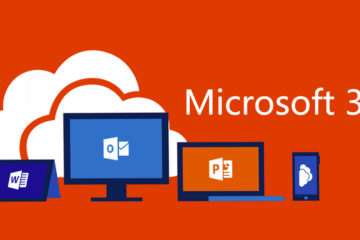I am happy to be able to share with you that today Microsoft announced Microsoft IoT Central a new SaaS solution to simplify IoT. It is basically a managed service version of PaaS Azure IoT Suite and I’ll be able to share more in the coming weeks.
In addition to a Managed Azure IoT solution, Microsoft announced a new service called Azure Time Series Insights, and an update to Azure Stream Analytics now supporting edge devices.
Azure Time Series Insights
As part of this announcement is Microsoft’s new service, Azure Time Series Insights – a fully managed service for storage, analytics, and visualization. You can sign up for the Azure Time Series Insights preview today.

Primary scenarios * Validation and monitoring of IoT solutions in minutes * Intuitive visualization and analysis of IoT data at scale * Expediting root-cause analysis and anomaly detection * Creating a global view of multiple devices, plants, and data
The new service’s landing page can be found here
Currently, Time Series Insight is available in US West, US East, EU West, and EU North regions.
Pricing is
| MEASURES | S1 | S2 |
|---|---|---|
| Ingress Capacity (per unit) | Up to 1 GB or 1 million events per day | Up to 10 GB or 10 million events per day |
| Total Capacity (per unit) | Up to 30 GB or 30 million events | Up to 300 GB or 300 million events |
| Data Retention | Up to 31 days | Up to 100 days |
| Price (per month) | $150.04 per month per unit | $1,350.05 per month per unit |
Time Series Insights S1 and S2 support events that are up to 1 KB in size.
Azure Stream Analytics (ASA) on Edge Devices
Back in 2016, Microsoft provided the Azure IoT Gateway SDK allowing developers to easily build and deploy gateway based intelligence.
Today Microsoft, announced a preview of Azure Stream Analytics for edge devices

In industrial IoT scenarios, the volume of data can be too large to be sent to the cloud directly due to limited bandwidth or bandwidth cost. For example, the data produced by jet engines (a typical number is that 1TB of data is collected during a flight) or manufacturing sensors (each sensor can produce 1MB/s to 10MB/s) may need to be filtered down, aggregated or processed directly on the device before sending it to the cloud. Examples of these processes include sending only events when values change instead of sending every event, averaging data on a time window, or using a user-defined function.
Final Thoughts
We’ll follow up with an additional post discussing each of these in detail.


